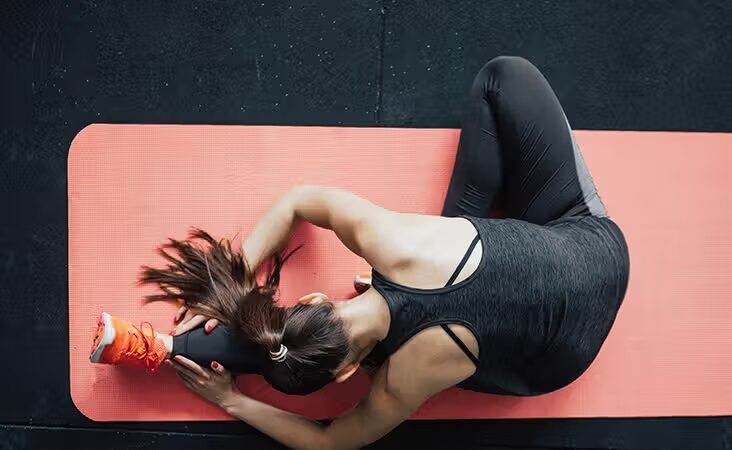
Stretching is a necessary for any fitness program, but it’s crucial for beginners who want to increase their range of motion and reduce their risk of injury. Combining a number of stretching exercises may help people maintain a wider range of motion, improve blood flow, and prepare their muscles for exercise. Beginners might consider incorporating the essential stretching techniques covered in this article into their regular workout regimens.
The Benefits of Delaying
Flexibility is a vital aspect of overall physical wellness. Along with enhancing sports performance, it also relieves pain, relaxes muscular tension, and improves posture. Stretching both before and after exercise helps muscles recover and prepares them for action. Stretching often may also help prevent injuries by strengthening muscles and connective tissues, which is particularly beneficial for those who are new to beginner workouts.
Essential Stretching Activities:
The lower back, hamstrings, and calves are all worked in this simple yoga pose. Set your knees slightly apart, place your feet hip-width apart, and then bend at the hips to slowly rotate your upper body forward. Hold for around thirty seconds while taking deep breaths to get the most out of the stretch.
Cat-Cow Exertion:
This is a terrific way to lighten up your spine and posture since it alternates between rounding and arching the back. On all fours, take a tabletop stance. In a cow stance, lower your belly and lift your head. As you exhale, tuck your chin in and curve your spine (Cat). This should be done five times to increase spine flexibility.
Flex your quadriceps while standing:
This exercise tones the muscles and prevents the strain that often leads to knee injuries. While standing on one leg, push your opposite heel toward your glutes. Keep your back straight and avoid bending your knees. Hold each side for 20–30 seconds to get the greatest results.
Stretching your lower back and hamstrings while sitting is a good exercise. Take a seat on the floor with your legs out in front of you. Stretch your hand toward your toes while keeping your back straight. While holding the stretch, continue breathing normally for around thirty seconds.
The Child’s Position:
In addition to being very beneficial for the lower back, thighs, and hips, this healing position promotes relaxation. With your arms extended front, sit back on your heels, and kneel on the floor, lower your body towards the floor. Take a minute to rest in this position and let your body to relax.
Some Advice on Effective Stretching
Throughout the stretching process, focus on your breathing and your body. Avoid bouncing or pushing yourself into discomfort. Try to include stretching into your exercise at least three times a week for maximum advantages. Hold each stretch for 20 to 30 seconds. Gradually increase the duration and intensity of your stretches as your flexibility improves.




